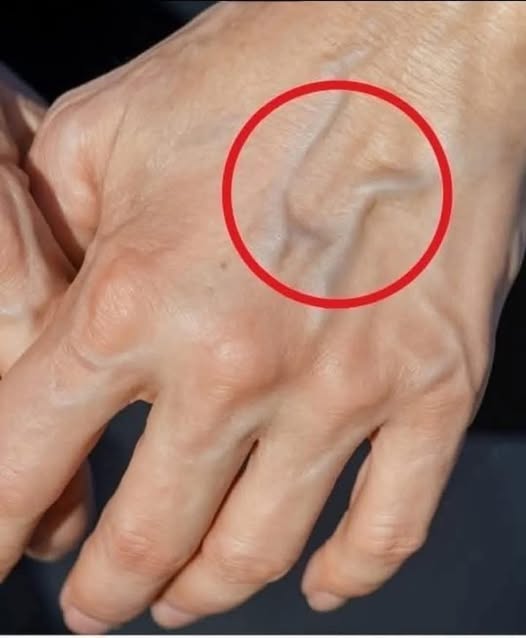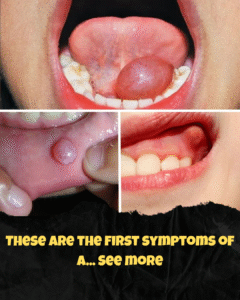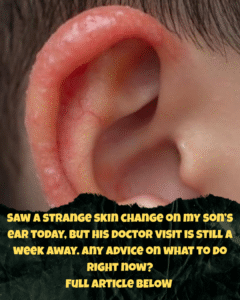
Understanding What’s Normal — and What Might Not Be
Have you recently noticed new veins popping up on your hands, arms, chest, or legs? While it can be surprising — and even a little alarming — visible veins are often harmless. Still, in some cases, they can signal an underlying issue worth checking out.
Let’s break down what causes veins to become more noticeable, and when you should speak to a healthcare provider.
🔍 Why Veins Become More Noticeable
Several everyday factors can make your veins more prominent — and most of them are completely normal:
✅ 1. Low Body Fat
The less fat you have under your skin, the more visible your veins become. This is common in athletes or individuals who have lost weight.
✅ 2. Exercise & Weight Training
Increased blood flow during workouts can make veins expand and rise closer to the skin. Long-term strength training also builds muscle, which can push veins to the surface.
✅ 3. Hot Weather
Warm temperatures naturally dilate (widen) your blood vessels as your body tries to cool down. This can cause temporary vein visibility, especially in the arms and legs.
✅ 4. Aging
As you age, your skin gets thinner and loses elasticity, which can reveal veins that were always there — just hidden beneath youthful skin.
✅ 5. Hormonal Changes
Pregnancy, menopause, or hormone therapy can affect circulation, making veins appear more prominent or surface in new places.
⚠️ When Visible Veins Could Be a Sign of Something More Serious
While many causes of visible veins are benign, you should speak to a doctor if you notice any of the following:
❗️ 1. Sudden Vein Appearance Without a Clear Cause
If you haven’t been working out, haven’t lost weight, and temperatures haven’t been high — but your veins are suddenly more prominent — this could point to circulation issues or vascular disease.
❗️ 2. Veins That Are Painful, Red, or Swollen
These symptoms could indicate:
- Phlebitis (inflammation of a vein)
- DVT (Deep Vein Thrombosis) — a serious condition where a blood clot forms in a deep vein, typically in the legs. This requires immediate medical attention.
❗️ 3. Veins That Feel Hard or Rope-Like
If a vein feels rigid to the touch or looks twisted, it could be a sign of:
- Varicose veins
- Venous insufficiency
- A potential clot or blockage
Don't ignore this — speak with a doctor for an accurate diagnosis.
✅ What You Can Do
If your visible veins are not accompanied by pain, swelling, or other symptoms, chances are they’re perfectly normal. However, to promote healthy veins and circulation, try the following:
- 🏃♂️ Stay active
- 🧂 Limit salt intake (helps reduce swelling)
- 💧 Stay hydrated
- 🧦 Wear compression socks if standing for long periods
- 🪑 Don’t sit or stand in one position too long
🗣 Final Thoughts
Most visible veins are just a natural part of aging, exercise, or changes in body composition. But if they come on suddenly, feel painful, or change in texture, don’t dismiss them. It’s always better to be cautious and consult your healthcare provider.
“Your body whispers before it screams. Listen early.”

Understanding Visible Veins
Ingredients
Method
- Stay active to promote circulation.
- Limit salt intake to reduce swelling.
- Stay hydrated throughout the day.
- Wear compression socks if standing for long periods.
- Avoid sitting or standing in one position for too long.





Leave a Reply